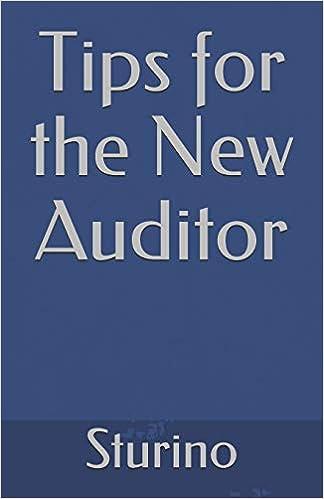Question
Look at the picture comparing the returns for Tesla (TSLA) and S&P 500 (^GSPC). It's obvious that the return volatility (i.e. standard deviation) of Tesla
Look at the picture comparing the returns for Tesla (TSLA) and S&P 500 (^GSPC). It's obvious that the return volatility (i.e. standard deviation) of Tesla stock is at least 10 times greater (that's 1,000%!) than that of S&P 500.
Yet, if you look up Tesla's beta (on the summary page of Yahoo Finance) is only slightly more than one (1.2) suggesting that TSLA is only about 20% as volatile as the market. How do you explain this discrepancy between what standard deviation tells you (that TSLA is extremely risky) and what beta tells you (that the stock is just a little bit more risky than the market (SP500)?
Step by Step Solution
There are 3 Steps involved in it
Step: 1

Get Instant Access to Expert-Tailored Solutions
See step-by-step solutions with expert insights and AI powered tools for academic success
Step: 2

Step: 3

Ace Your Homework with AI
Get the answers you need in no time with our AI-driven, step-by-step assistance
Get Started


